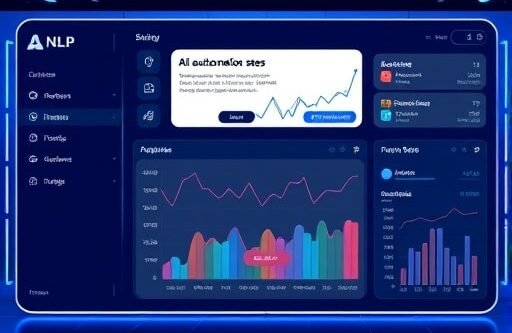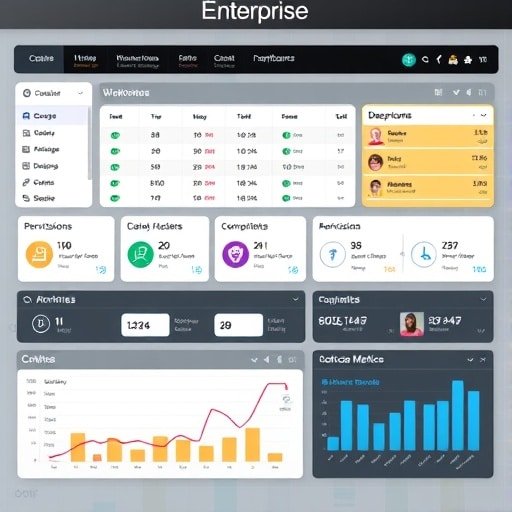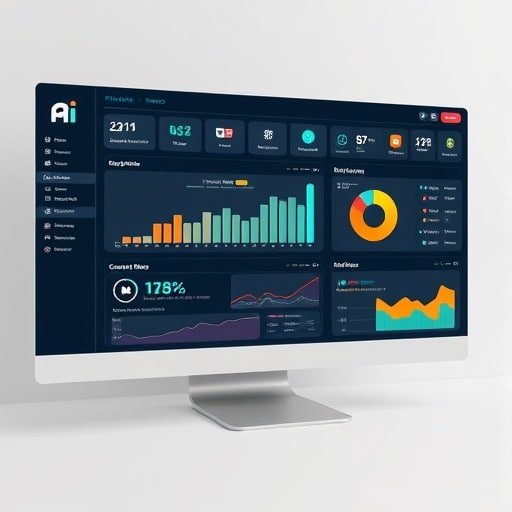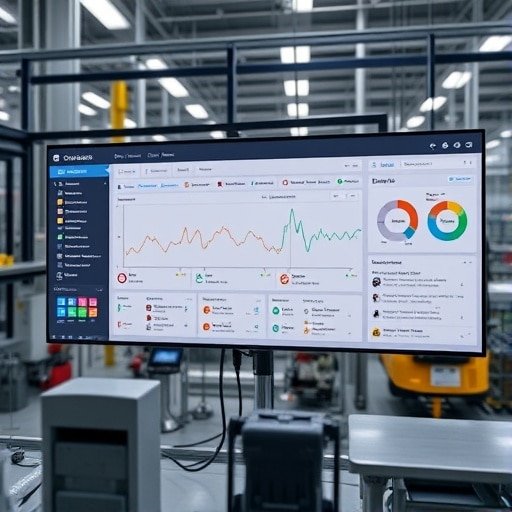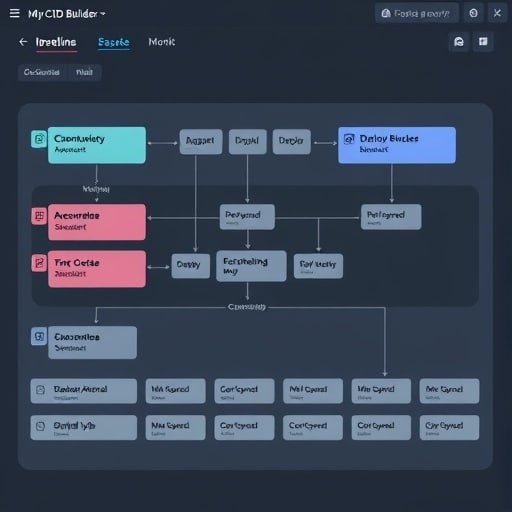What’s Next? Emerging Trends in No-Code Automation Platforms
The rise of no-code platforms has marked a major shift in how businesses build and automate their digital systems. By allowing users to create applications, workflows, and automations without writing code, these platforms are democratizing development and empowering professionals across all industries.
But what’s next for no-code automation? In this blog, we’ll explore the emerging trends shaping the future of no-code platforms—from AI integration and hyper-personalization to enterprise scalability and citizen development. Whether you’re a startup founder, an IT manager, or a curious marketer, understanding these trends can help you stay ahead of the curve.
1. The Shift Toward AI-Driven Automation
The integration of artificial intelligence (AI) is perhaps the most significant trend in no-code platforms. AI is no longer a “nice-to-have”—it’s becoming central to workflow automation.
AI enhances no-code tools in several ways:
-
Smart Recommendations: Platforms suggest next steps or automation logic based on previous user actions.
-
Natural Language Processing (NLP): Users can build workflows using plain English instead of logic-based operators.
-
Predictive Automation: Systems that anticipate issues or next steps based on data trends.
This makes no-code platforms more intuitive, reducing the learning curve and making complex automations more accessible.
2. Rise of Citizen Developers
Another major trend is the growth of citizen development—where non-technical staff build and deploy applications using no-code tools.
This movement is transforming businesses:
-
IT departments are freed from repetitive tasks.
-
Marketing, HR, and Sales teams create their own solutions quickly.
-
Speed to market improves, allowing businesses to test and iterate faster.
Companies are now investing in internal enablement programs to train staff on no-code platforms, often setting up internal centers of excellence. Gartner predicts that by 2026, 80% of technology products and services will be built by non-IT professionals.
3. Enterprise-Grade No-Code Solutions
Initially, no-code platforms were seen as tools for small businesses or startups. But today, enterprise adoption is booming. Platforms now offer:
-
Advanced security features (SSO, RBAC, SOC 2 compliance)
-
Audit trails and versioning
-
Complex logic, multi-step workflows, and custom integrations
Platforms like Unqork, Retool, and OutSystems are designed specifically for enterprise-scale operations.These platforms are transforming sectors like banking, insurance, logistics, and healthcare by digitizing legacy systems faster and cheaper than traditional development.
4. Hyper-Personalization in User Workflows
Users are now expecting more personalized experiences—from the tools they use to the automations they build. No-code platforms are responding by offering:
-
User-specific dashboards
-
Conditional logic based on user behavior
-
Real-time customization options
With AI and data integration, workflows can adapt to real-time inputs, customer preferences, or individual work styles. Imagine a sales automation tool that changes its interface and notifications based on a salesperson’s habits or performance history.
5. Integration With IoT and Edge Devices
As the Internet of Things (IoT) expands, no-code platforms are increasingly supporting device-to-device automation and edge computing.
Use cases include:
-
Automating temperature control in smart buildings
-
Monitoring manufacturing equipment in real-time
-
Triggering maintenance alerts based on sensor data
Platforms are integrating with IoT hubs, protocols like MQTT, and offering visual workflow builders for IoT devices. This trend is especially valuable in manufacturing, logistics, agriculture, and smart city development.
6. The Evolution of No-Code DevOps
No-code tools are expanding into the DevOps and CI/CD (Continuous Integration/Continuous Deployment) space.
Developers and IT teams can now:
-
Create automated deployment pipelines with drag-and-drop interfaces
-
Monitor app performance without code
-
Set up automated backups, rollbacks, and testing workflows
This simplifies DevOps tasks and enables faster iteration, especially for small teams. Tools like Buddy, Parabola, and Pipefy are adding DevOps modules to serve this growing demand.
7. Community-Driven Platform Growth
No-code communities are becoming powerful ecosystems in their own right.
Users are:
-
Sharing templates and modules
-
Creating plugins and custom integrations
-
Providing peer-to-peer support and education
Platforms like Bubble, Glide, and Airtable have thriving communities that drive innovation and reduce onboarding time for new users. Some platforms now offer marketplaces for pre-built automations and templates, much like app stores.\
8. Enhanced Mobile Automation
Mobile-first automation is also gaining ground. No-code platforms are optimizing for:
-
Mobile-responsive dashboards
-
On-the-go app building
-
Mobile push notifications and triggers
For field service teams, remote workers, and global businesses, this mobile accessibility ensures continuous productivity. Platforms like Thunkable and Appgyver are empowering users to create mobile-native apps with no code—especially useful in e-commerce, delivery, and healthcare.
9. Ethical and Responsible Automation
With great power comes great responsibility. As no-code tools become more powerful, so does the potential for misuse or bias—especially with AI in the mix.
Forward-looking platforms are prioritizing:
-
Transparency in automation decisions
-
Bias mitigation in AI models
-
Ethical guidelines for user data usage
Users and organizations are becoming more conscious of how they automate processes, ensuring they align with values and regulations (like GDPR, HIPAA, etc.).
10. The Blurring Line Between No-Code and Low-Code
The line between no-code and low-code is blurring. Many platforms now allow:
-
Custom code injection (JavaScript, Python, SQL)
-
API access and integrations
-
Modular coding within visual builders
This hybrid approach gives developers and non-developers the best of both worlds—speed and flexibility. Think of it as “code-optional” platforms: use code only when absolutely necessary.
Final Thoughts: The Future Is Modular, Visual, and Inclusive
The no-code revolution isn’t slowing down—it’s evolving. As platforms become more intelligent, secure, scalable, and personalized, the way we build and automate digital systems will continue to shift radically.
The future is:
-
Modular: Plug-and-play components instead of monolithic systems.
-
Visual: Clear, intuitive workflows over lines of code.
-
Inclusive: Empowering creators from all backgrounds—not just developers.
For businesses, this means faster innovation. For professionals, it means more autonomy and creativity. And for the tech industry, it signals a move toward a more democratic, human-centered future.
Are you ready for what’s next?


